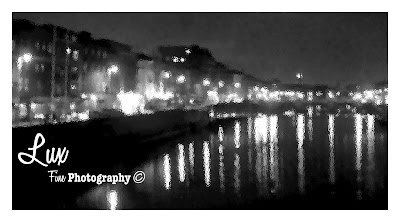© All rights reserved. This photo is the property of S.M.McTavish. If you wish to purchase it please contact me at smmctavish@gmail.com
Not a real tree, but a tree of remembrance in the Jewish Holocaust Museum in Berlin. I liked the interplay with the shadows and light on the wall.

















